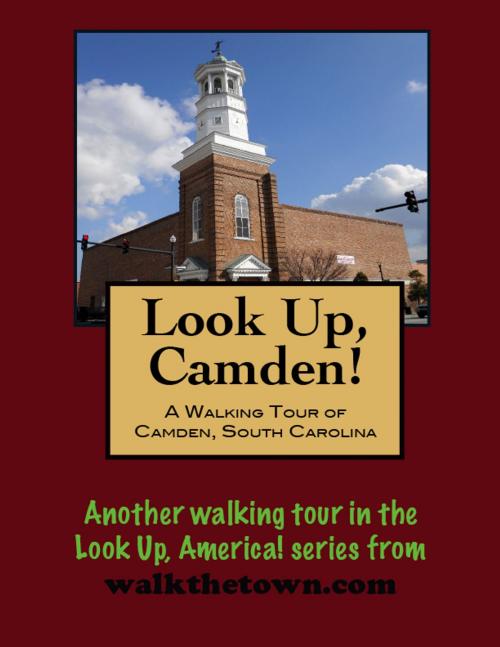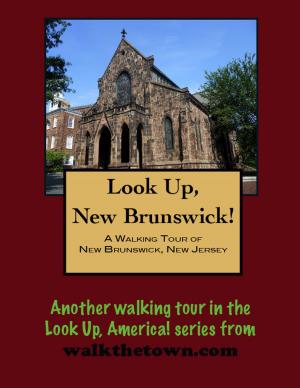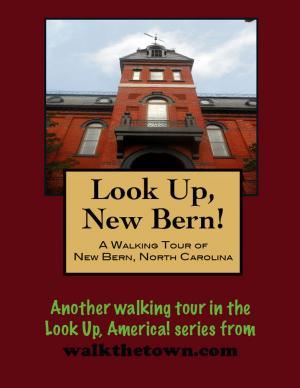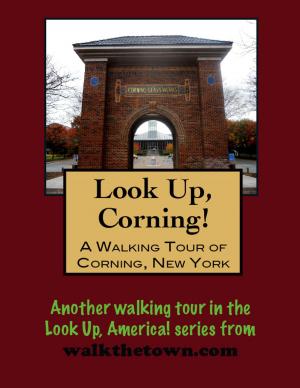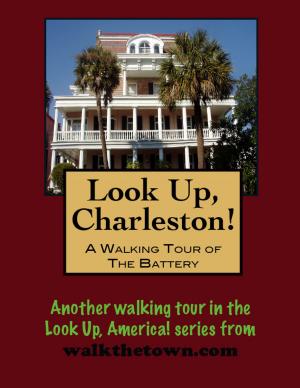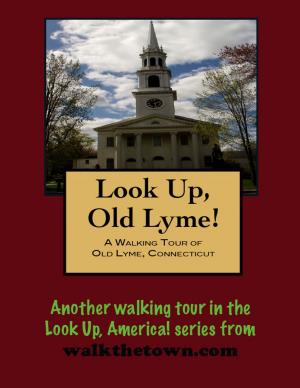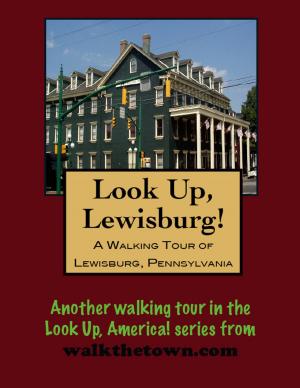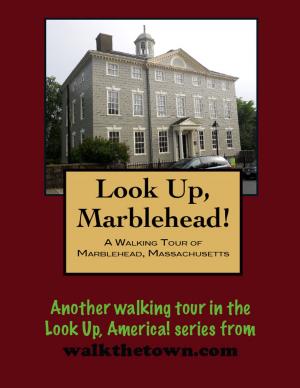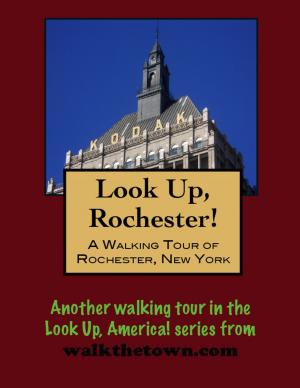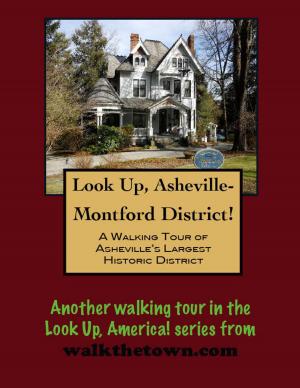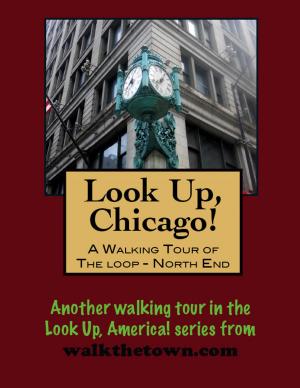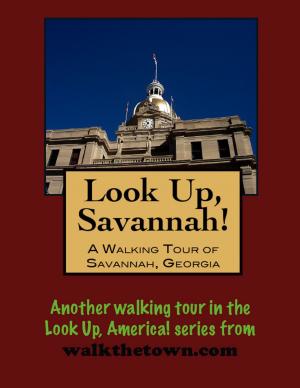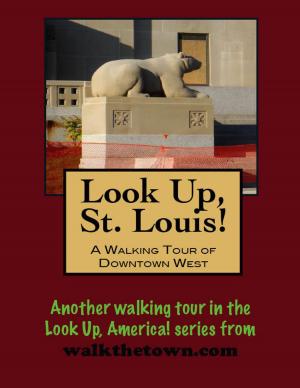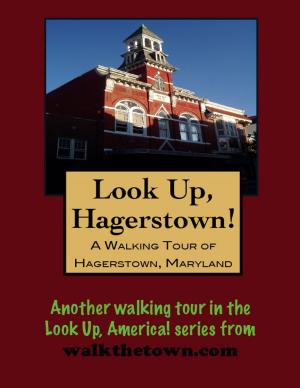| Author: | Doug Gelbert | ISBN: | 9781458006097 |
| Publisher: | Doug Gelbert | Publication: | March 5, 2011 |
| Imprint: | Smashwords Edition | Language: | English |
| Author: | Doug Gelbert |
| ISBN: | 9781458006097 |
| Publisher: | Doug Gelbert |
| Publication: | March 5, 2011 |
| Imprint: | Smashwords Edition |
| Language: | English |
There is no better way to see America than on foot. And there is no better way to appreciate what you are looking at than with a walking tour. This walking tour of Camden, South Carolina is ready to explore when you are. Each walking tour describes historical, architectural landmarks, cultural sites and ecclesiastic touchstones and provides step-by-step directions.
Every tour also includes a quick primer on identifying architectural styles seen on American streets.
Camden is the oldest existing inland town in South Carolina. The frontier settlement, once called Pine Tree HIll, was part of a township plan ordered by King George II in 1730. Quakers and Scots-Irish migrated down from Virginia to settle here. One newcomer was Joseph Kershaw, a native of Yorkshire, England, who arrived in 1758 and established a store for a Charleston mercantile firm. At his suggestion, the town became Camden, in honor of Charles Pratt, Lord Camden, champion of colonial rights. Kershaw prospered and by 1768 the town, situated at the head of the Wateree River near major Indian trails, was the inland trade center in the colony. Kershaw was engaged in milling “Carolina flour” and had his hands in sawmills, indigo works, a tobacco warehouse and a distillery. In 1774 wide streets were laid off in a grid pattern.
In the spring of 1780, after Charleston fell to the British, the Revolutionary War came to Camden, one of several military posts established in the interior of South Carolina. General Lord Charles Cornwallis entered Camden on June 1, 1780 and made his headquarters here for nearly a year. Fourteen battles would be fought in that time, including the Battle of Camden that was the worst American defeat of the War, before the British evacuated and burned the town. With the occupation over, the townsfolk set about to rebuilding and the town was incorporated in 1791 when Kershaw County was created and it became the county seat.
In the 1800s, as the town went about its business, the area of began attracting the attention of wealthy Midwesterners and Northerners seeking a milder winter climate. Camden developed as a resort town and winter training center for thoroughbred racing as the sandy soil provided non-slip footing for the steeds and the ideal yearlong climate was a perfect combination for breeding, training and racing horses not just in the cold months, but all year long. Other horsing disciplines soon followed.
In the 1890s Rogers L. Barstow, Jr., only 23 years of age, stepped off his private Pullman car in Camden with “a bag of gold in one hand and a Polo mallet in the other.” A skilled polo player, Barstow immediately organized, trained and outfitted a local polo team. He laid out and developed the polo field that is the third oldest in the country and still in use. In 1925, after coming to Camden to see polo, Harry D. Kirkover was so impressed he relocated to town. His game was steeplechase and he soon purchased land and laid out what is now considered to be one of the finest steeplechase track in the United States. The Carolina Cup was organized in 1930 and has been held every year since then, except for 1943 and 1945, enabling Kershaw County to fancy itself “the Steeplechase Capital of the World.”
Most of the original town of Camden was destroyed by fire in 1813. As it rebuilt the center of town gradually crept uphill from its swampy lowlands to the piney sandhills. Our walking tour will begin in the older section where handsome mansions were constructed around the core of former cottages and work downhill towards the beginnings of town where stands a prototypical work of “South Carolina’s Architect,” Robert Mills...
There is no better way to see America than on foot. And there is no better way to appreciate what you are looking at than with a walking tour. This walking tour of Camden, South Carolina is ready to explore when you are. Each walking tour describes historical, architectural landmarks, cultural sites and ecclesiastic touchstones and provides step-by-step directions.
Every tour also includes a quick primer on identifying architectural styles seen on American streets.
Camden is the oldest existing inland town in South Carolina. The frontier settlement, once called Pine Tree HIll, was part of a township plan ordered by King George II in 1730. Quakers and Scots-Irish migrated down from Virginia to settle here. One newcomer was Joseph Kershaw, a native of Yorkshire, England, who arrived in 1758 and established a store for a Charleston mercantile firm. At his suggestion, the town became Camden, in honor of Charles Pratt, Lord Camden, champion of colonial rights. Kershaw prospered and by 1768 the town, situated at the head of the Wateree River near major Indian trails, was the inland trade center in the colony. Kershaw was engaged in milling “Carolina flour” and had his hands in sawmills, indigo works, a tobacco warehouse and a distillery. In 1774 wide streets were laid off in a grid pattern.
In the spring of 1780, after Charleston fell to the British, the Revolutionary War came to Camden, one of several military posts established in the interior of South Carolina. General Lord Charles Cornwallis entered Camden on June 1, 1780 and made his headquarters here for nearly a year. Fourteen battles would be fought in that time, including the Battle of Camden that was the worst American defeat of the War, before the British evacuated and burned the town. With the occupation over, the townsfolk set about to rebuilding and the town was incorporated in 1791 when Kershaw County was created and it became the county seat.
In the 1800s, as the town went about its business, the area of began attracting the attention of wealthy Midwesterners and Northerners seeking a milder winter climate. Camden developed as a resort town and winter training center for thoroughbred racing as the sandy soil provided non-slip footing for the steeds and the ideal yearlong climate was a perfect combination for breeding, training and racing horses not just in the cold months, but all year long. Other horsing disciplines soon followed.
In the 1890s Rogers L. Barstow, Jr., only 23 years of age, stepped off his private Pullman car in Camden with “a bag of gold in one hand and a Polo mallet in the other.” A skilled polo player, Barstow immediately organized, trained and outfitted a local polo team. He laid out and developed the polo field that is the third oldest in the country and still in use. In 1925, after coming to Camden to see polo, Harry D. Kirkover was so impressed he relocated to town. His game was steeplechase and he soon purchased land and laid out what is now considered to be one of the finest steeplechase track in the United States. The Carolina Cup was organized in 1930 and has been held every year since then, except for 1943 and 1945, enabling Kershaw County to fancy itself “the Steeplechase Capital of the World.”
Most of the original town of Camden was destroyed by fire in 1813. As it rebuilt the center of town gradually crept uphill from its swampy lowlands to the piney sandhills. Our walking tour will begin in the older section where handsome mansions were constructed around the core of former cottages and work downhill towards the beginnings of town where stands a prototypical work of “South Carolina’s Architect,” Robert Mills...
